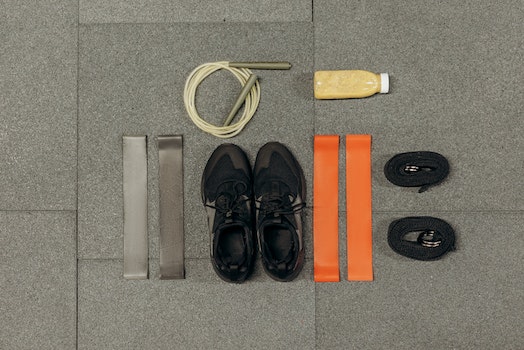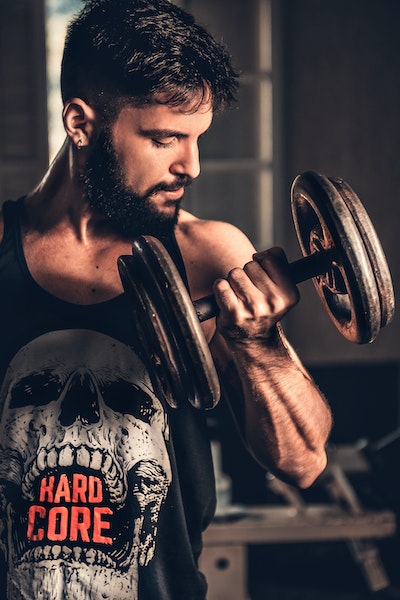Fitness and exercise are two frequent resolutions people make with themselves. However, fitting the gym into your busy schedule is often a challenge, which is why many people suggest workouts that feel less like workouts and more like having fun, so you feel motivated to do them. Cycling and swimming are two of the most popular forms of fun fitness. You can also opt for incognito fitness or exercise with wearable weights.
4 Benefits of Using Wearable Weights

Wearable weights allow for low-key workouts. They can also add to the complexity of a typical routine. For instance, a weighted vest can add a level of resistance to your aerobic activity. You may want to try wearable weights for four reasons or benefits.
1. Weight Loss
The use of wrist and ankle weights requires the use of more energy during physical activity. Using more energy during a workout equates to burning more calories and greater weight loss.
Also, wearable weights will help build more muscles. Muscle burns calories even when the body is at rest. Muscle also burns more calories than other tissues.
2. Muscle Building
Wearable weights create more resistance during workouts, which means you will build more muscle mass with consistent use. The beauty of wearable weights is that they do not interfere with normal movement, meaning you can easily incorporate them into daily activities. For example, it is nothing to put on a pair of ankle weights before going out for an evening walk.
3. Endurance or Stamina
The American Council on Exercise claims that wrist weights can increase your heart rate and raise oxygen consumption. The increases can eventually improve your stamina or endurance during aerobic exercises. However, ACE does not recommend using weights over three pounds because the strain on the shoulders, back, and other body parts can cause discomfort.
4. Workout Challenge
Many people add wearable weights to their regular workouts to increase the challenge. Some people will add weights to improve specific things, like balance, flexibility, movement, etc. Whatever the reasons, wearable weights add a level of complexity to a standard exercise, allowing people to achieve new and motivating results.
Types of Wearable Weights

There are three primary types of wearable weights: ankle weights, wrist weights, and weighted vests. Ankle weights were popular, but many people find they hinder athletic performance. For example, the weights may interfere with a runner's stride, increasing the risks of injury.
Wrist weights are still popular because they provide the same level of resistance as ankle weights without the risks. However, some people get carried away with the weights, increasing the weight to more than three pounds, which is potentially dangerous.
A weighted vest is the best option if you want something heavier than a few pounds. The vest option uses the whole torso to support the extra weight, evenly distributing it to reduce the risk of injury.
You do not need wearable weights to lose weight or gain muscle. That said, the weights are a helpful tool. If you are looking for ways to add resistance to your workout or increase the difficulty of some standard exercise, wearable weights might be your solution. Before adding the weights, you may want to consult your doctor to figure out if the weights are a healthy option for you.

